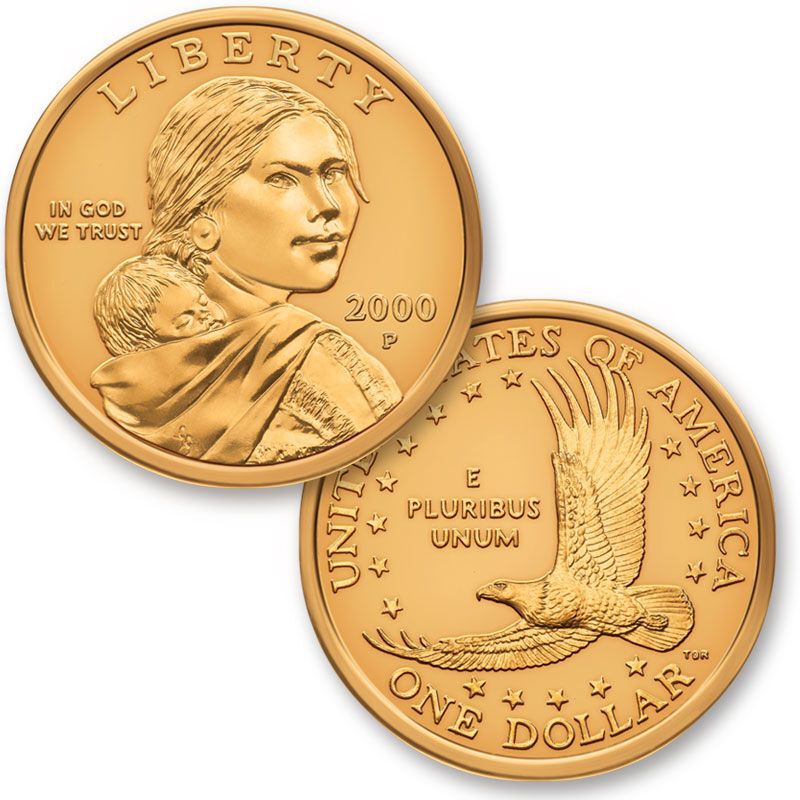Gold Dollar

Today most of the demand for gold dollars comes from type coin collectors, who desire one each of the three different design variations. Type I gold dollars, with Miss Liberty's portrait identical to that used on the $20 double eagle, were made from 1849 through 1854, while Type II dollars, with an Indian princess motif, were struck in 1854 and 1855, plus in 1856 at the San Francisco Mint. 3 hours ago Gold and Silver prices advanced for a third day against the backdrop of a weaker US Dollar. Markets awaited a fresh US$ 1.9 trillion US Covid-relief package to be approved by Congress.
The gold dollar has many rarities, including many of the Branch Mint coins struck at Dahlonega, Ga.; Charlotte, N.C.; and San Francisco. The extreme rarity of many of the coins makes the gold. The exciting Presidential dollar coin series (2007-2016) was expected to stir more public interest in using the dollar coin. However, the dollar coin barely qualifies as a circulating coin — in the actual sense.
SUMMARY:
Richard Nixon's August 1971 decision to suspend the convertibility of dollars into gold was one of the most important chapters in modern economic history. Nixon's move, which was precipitated by rising U.S. balance of payments deficits, ended the system of fixed exchange rates that had been established at the Bretton Woods conference of 1944 and ushered in a regime of floating rates.
Gold Dollar Sign
DESCRIPTION:
The 1974 Congressional Budget and Impoundment Act created a set of institutional changes designed to help Congress regain power over the budget process. The Act was inspired by Richard Nixon's refusal to disburse nearly $12 billion of congressionally-appropriated funds in 1973-74 through the executive power of impoundment, as well as more generalized fears about the budget deficit. Nixon claimed that the deficit was causing high inflation and that as a result he needed to curb government spending. To this effect, in the 1972 presidential election he called on Congress to grant the President authority to cut federal spending so as to keep the budget under control. Congress opposed Nixon's proposal and instead sought to reform Congress' budgetary role. In 1972 Congress created a Joint Study Committee on Budget Control which called for procedural reforms to enable Congress to examine the federal budget from an 'overall point of view, together with a congressional system of deciding priorities.' Following Nixon's impoundment Congress acted on these recommendations and in 1974 passed the Act over the President's veto.
George Washington Gold Dollar
Under the Bretton Woods agreement of 1944 the U.S. dollar was the only national currency directly backed by gold. Other currencies were valued against the dollar, which could be exchanged through the U.S. government's 'gold window' for a fixed amount of gold. Over the course of the 1960s, however, this system came under strain. Spending on the Vietnam War and Great Society as well as the revival of Western Europe and Japan led to a decline in the U.S. balance of payments. This, in turn, placed significant pressure on the dollar: U.S. gold holdings could not keep pace with the expanded money supply required by domestic and international economic growth. Fearful that other governments would rush to convert their dollars into gold and thereby precipitate a run on the dollar, on August 15, 1971 Richard Nixon unilaterally suspended dollar-gold convertibility. This action, which Nixon presented as part of a plan to combat inflation, effectively ended the Bretton Woods monetary regime and brought about a system of floating exchange rates within a few years.The implications of the 'Nixon shock' for domestic and international affairs were numerous. Since the dollar no longer had to be backed by gold, the end of the Bretton Woods fixed exchange rate system increased the freedom of the U.S. Federal Reserve to engage in counter-cyclical monetary policy. The advent of floating exchange rates in 1973, after efforts to revive the fixed exchange rate regime failed, also facilitated global capital flows.

FURTHER INFORMATION:
Michael D. Bordo and Barry Eichengreen, eds., A Retrospective on the Bretton Woods System: Lessons for International Monetary Reform (National Bureau of Economic Research and University of Chicago Press, 1993).
Barry Eichengreen, Globalizing Capital: A History of the International Monetary System (Princeton University Press, 1996).

Presidential Gold Dollars
Francis J. Gavin, Gold, Dollars, and Power: The Politics of International Monetary Relations, 1958-1971 (University of North Carolina Press, 2004).
Gold Dollars Worth
Joanne S. Gowa, Closing the Gold Window: Domestic Politics and the End of Bretton Woods (Cornell University Press, 1993).
Gold Dollars Sacagawea

Harold James, International Monetary Cooperation since Bretton Woods (International Monetary Fund and Oxford University Press, 1996).